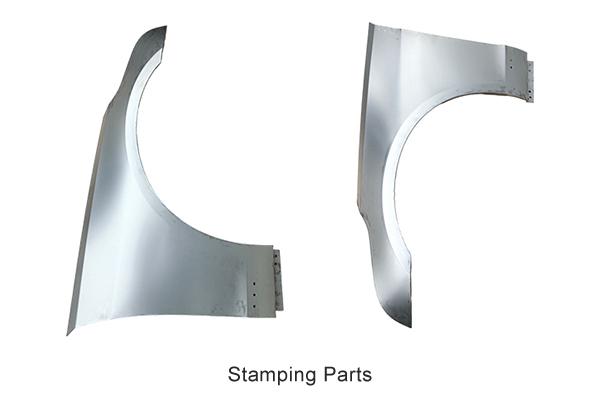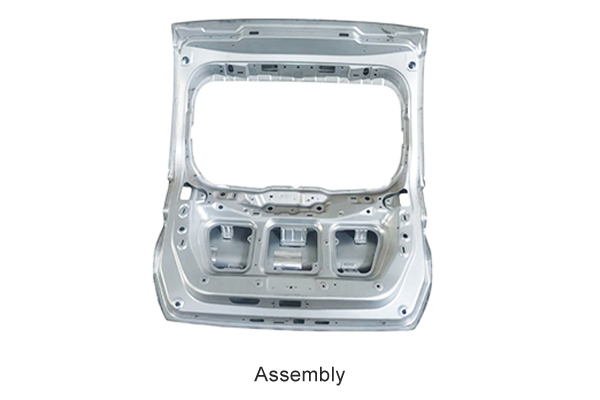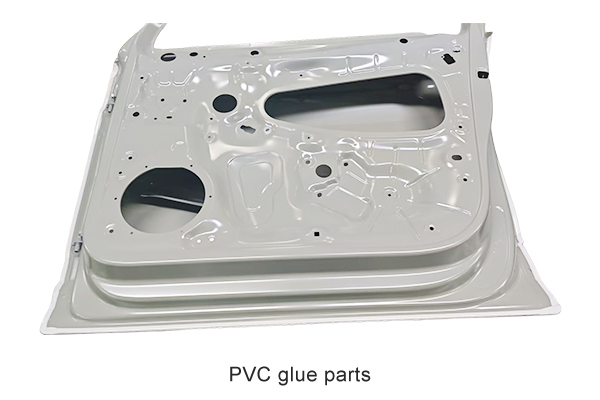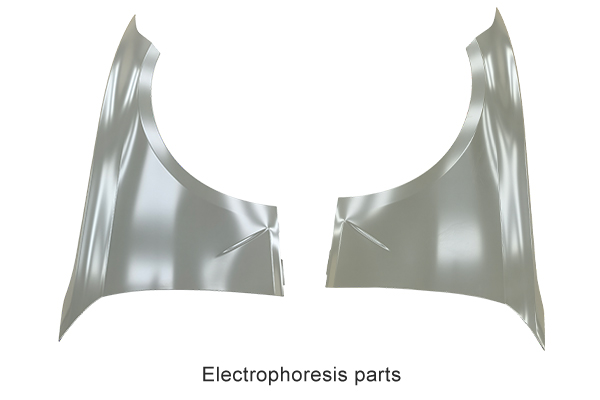How does the automotive parts stamping process ensure product dimensional accuracy and consistency?
Release Time : 2025-10-03
In modern automotive manufacturing, the dimensional accuracy and consistency of components directly affect the assembly quality, safety performance, and aesthetic appeal of the finished vehicle. As the primary process in automotive manufacturing, stamping plays a crucial role in mass-producing body panels, structural components, and chassis parts. Its precision control capability is a key indicator of manufacturing quality. A single car contains hundreds of stamped parts—from the hood and doors to crossbeams and brackets—each of which must maintain a high level of consistency within a tolerance of millimeters or even micrometers to ensure smooth subsequent welding, painting, and assembly processes. Achieving this stringent requirement relies on a comprehensive technical system integrating advanced mold design, high-precision equipment, intelligent monitoring, and a rigorous quality management system.
The primary basis for ensuring dimensional accuracy and consistency in the auto parts stamping process lies in the development and manufacture of high-precision molds. Molds are often called the "mother of industry" as they directly determine the shape and dimensions of the parts during the stamping process. Modern automotive stamping molds typically utilize integrated CAD/CAM/CAE design, employing 3D modeling and simulation analysis to predict material flow, stress distribution, and springback, optimizing mold profiles and process parameters. Springback control, a critical factor affecting accuracy, is addressed through finite element simulation. Engineers can predict post-forming deformation during the mold design stage and compensate the mold profile accordingly, ensuring the part retains its target shape after pressure release. Mold manufacturing relies on high-precision CNC machining centers, EDM machines, and coordinate grinding machines to ensure surface finish, clearance, and positioning accuracy at the micrometer level, laying a solid foundation for consistent mass production.
At the production level, high-rigidity and stable stamping equipment is essential for maintaining precision. Modern automotive stamping lines widely use servo presses or multi-station progressive stamping lines, which precisely control the ram movement and ensure uniform pressure distribution, preventing dimensional deviations caused by equipment vibration or pressure fluctuations. Large body panels are often formed under pressures of several thousand tons in a single stroke; the static and dynamic accuracy of the equipment must remain stable over time. Simultaneously, automated material feeding systems (such as robotic arms and conveyor belts) replace manual operation, ensuring consistent positioning of each sheet metal in the die, eliminating human error. High-precision locating pins, guide bushings, and sensor systems monitor the feeding position and die closure status in real time, guaranteeing that every stamping operation is performed under ideal conditions.
Process control and quality inspection systems serve as the final line of defense for precision. Stamping production lines are typically equipped with online measurement systems, such as laser scanners or vision inspection devices, which monitor critical dimensions in real time, triggering alerts or automatic adjustments if deviations occur. Statistical Process Control (SPC) is widely used in critical processes, continuously collecting and analyzing dimensional data to identify sources of variation and optimize process parameters. Furthermore, every batch of products undergoes random sampling using a Coordinate Measuring Machine (CMM) to ensure compliance with GD&T (Geometric Dimensioning and Tolerancing) requirements. All data is managed digitally, enabling complete traceability, allowing quick identification of the specific die, equipment, or material batch responsible for any issues.
Material consistency is equally crucial. The cold-rolled steel, galvanized steel, or high-strength steel sheet used for stamping must come from reliable suppliers, with strict testing of thickness, mechanical properties, and surface quality. Fluctuations in material properties directly affect the stamping results, making incoming inspection and batch management essential.
In summary, the auto parts stamping process achieves high dimensional accuracy and consistency through a closed-loop system of "high-precision tooling + stable equipment + automated production + intelligent monitoring + rigorous inspection." This not only demonstrates technological prowess but also forms the cornerstone of modern, high-volume, high-quality, and efficient automotive manufacturing. This relentless pursuit of precision ensures that every vehicle achieves seamless assembly and outstanding performance.








